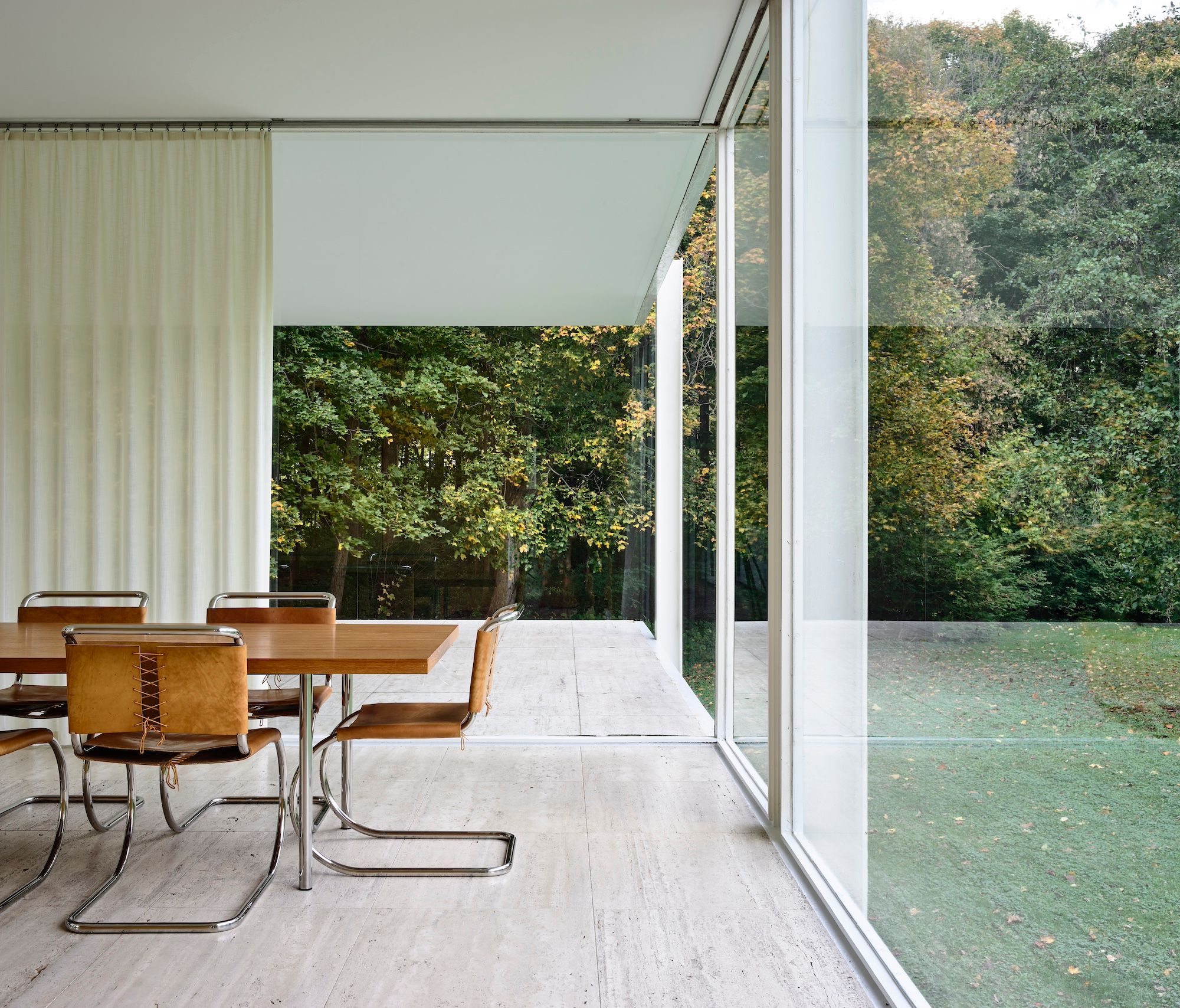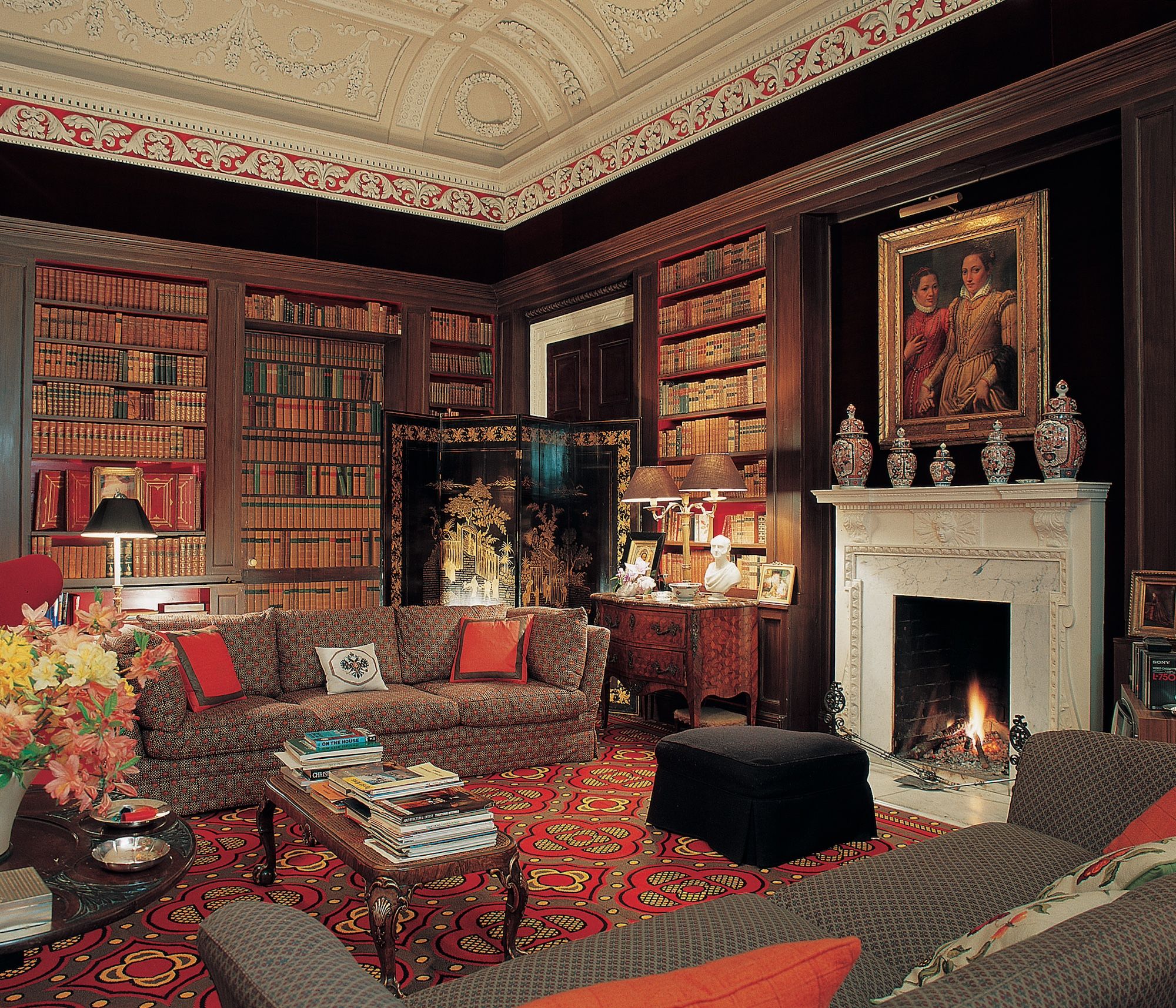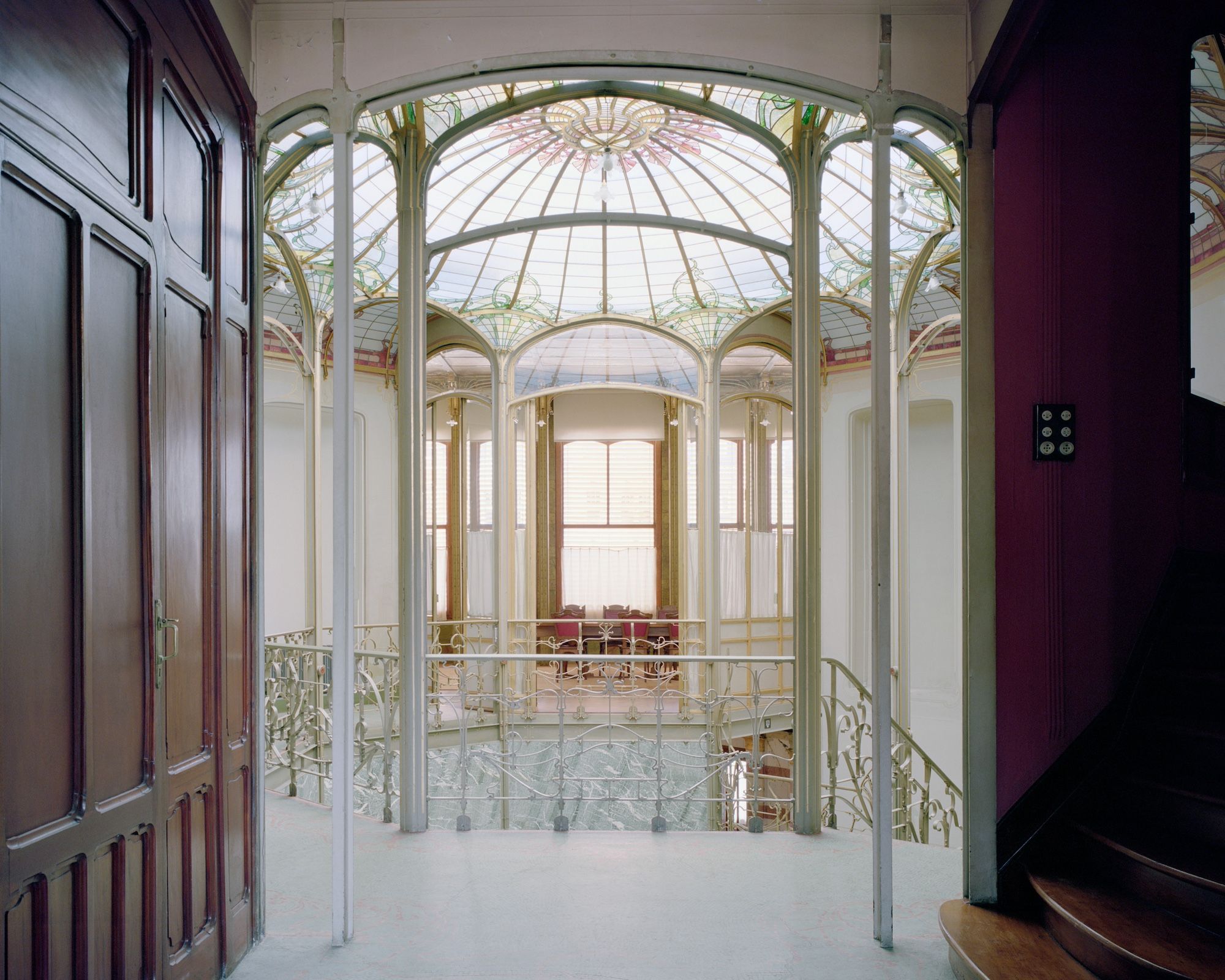DESIGN LEGENDS MARCH 29 2022
by Daniella Ohad
Each week, design doyenne Daniella Ohad talks with an industry-defining legend of interior design
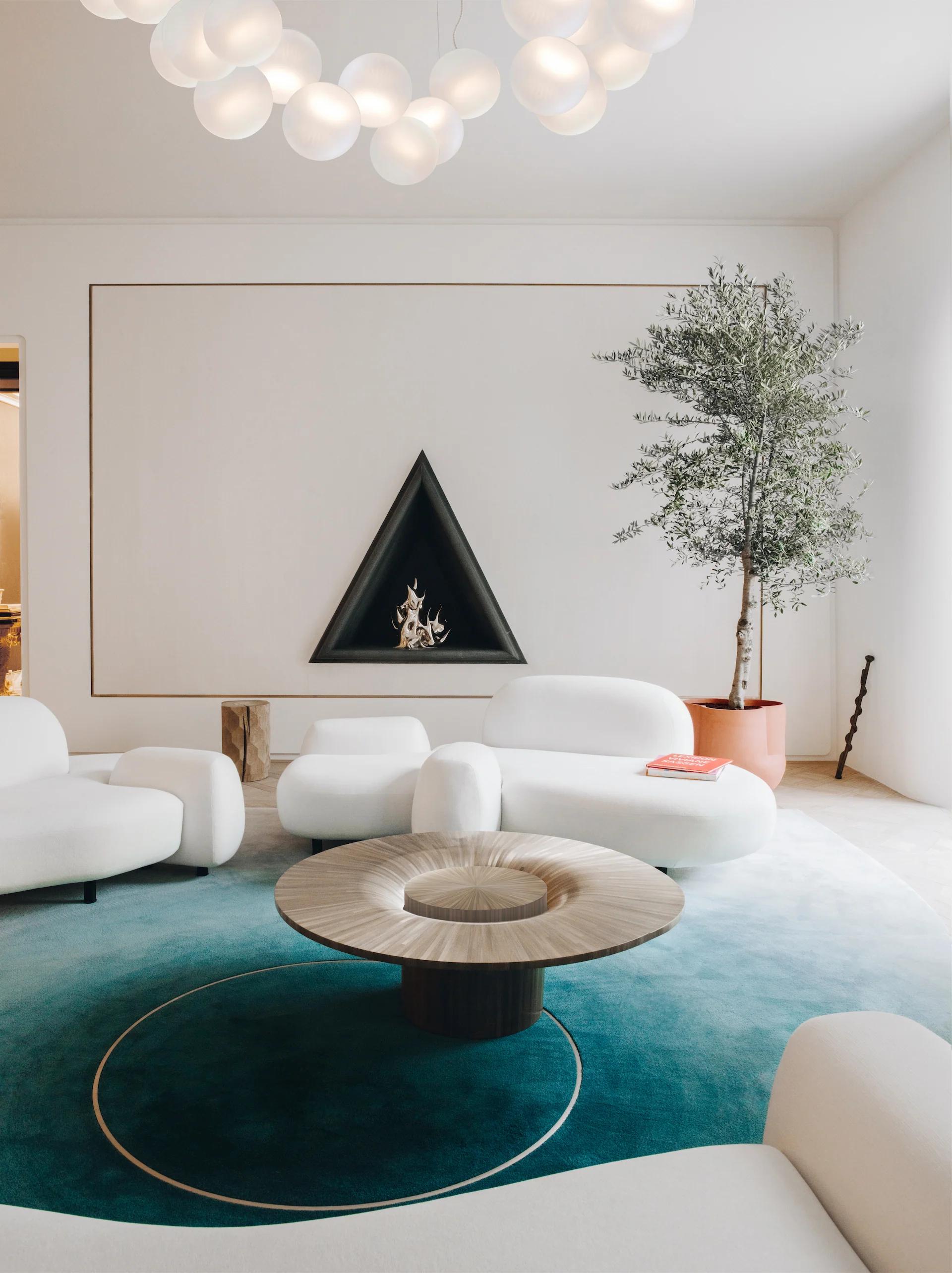
ILLUMINATIONS IN A PRIVATE APARTMENT IN PARIS. ALL PIECES ARE DESIGNED BY MATHIEU LEHANNEUR
Photo © Matthieu Salvaing
Each week,Daniella Ohad hostsInterior Design: The Legends, a virtual program presented in partnership with Christie’s Education, comprising one-on-one interviews with the world’s most admired interior designers. For the Design Miami/ Forum, Ohad recaps the highlights from each conversation. This week her subject is Mathieu Lehanneur.
“Mathieu is an artist of his time, utilizing technology and making objects that are relevant to contemporary life. Surprisingly, the technology is made silent by elemental and timeless materials.” —Michael Jefferson, International Senior Specialist 20th Century Design, Christie's
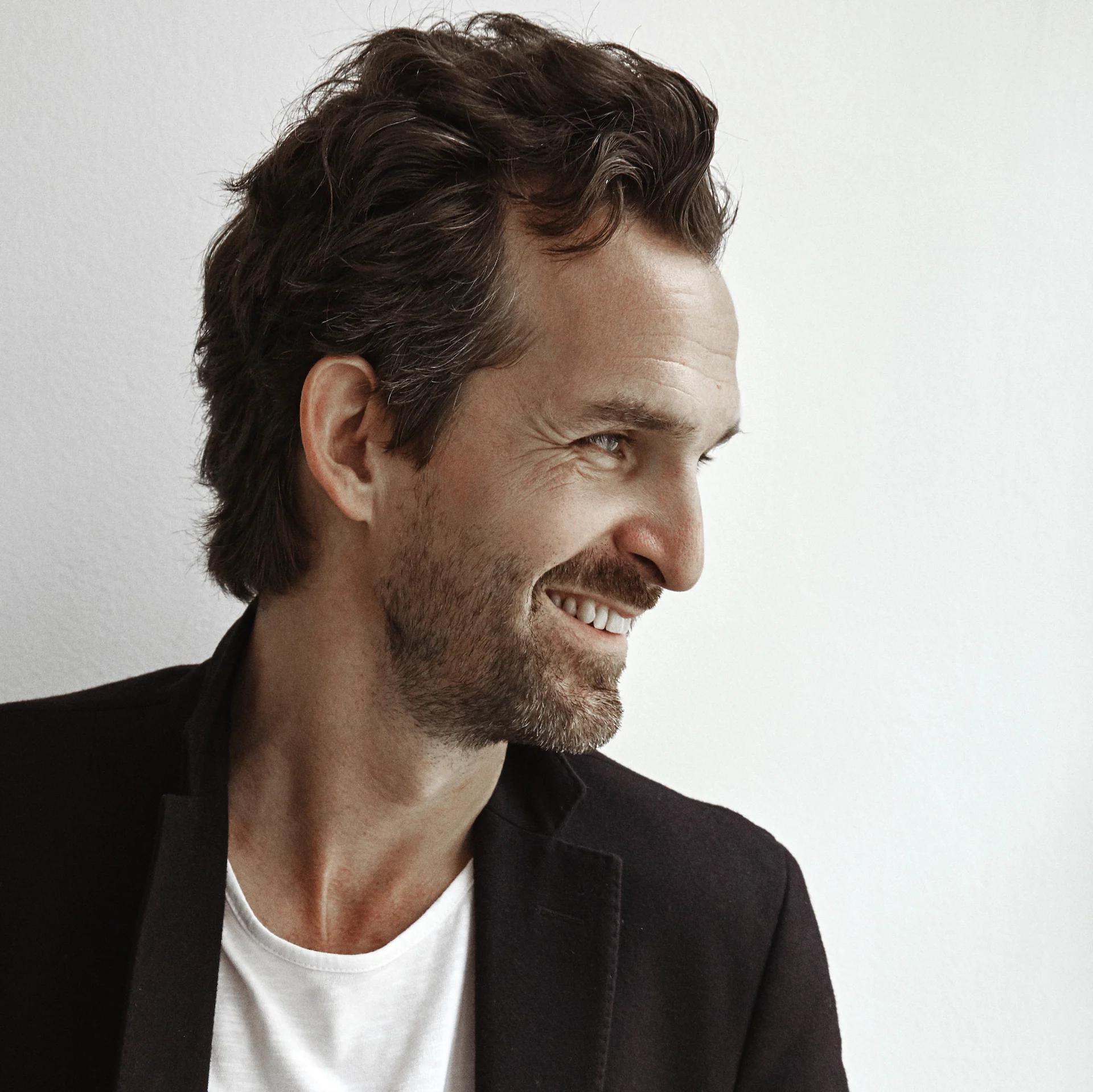
MATHIEU LEHANNEUR
Photo © Lionel Gasperini
Toward the end of my conversation with French designer Mathieu Lehanneur during last week’s Interior Design: The Legends program, I checked the chat box to gauge the audience’s response. One comment was more enthusiastic than the last: “genius,” “visionary,” “virtuoso,” “master,” “brilliant.” This was no surprise. Lehanneur’s innovative, two-decade-long career has left an indelible mark across the fields of interiors, furniture, industrial design, and digital design. His discourse is intellectual, original, and out of the box. Through his daily communication with his 127K followers on Instagram, he shares his passion for pioneering, conceptually-driven research that crosses boundaries from design to science, history, and technology. He cites American inventor Richard Buckminster Fuller (1895-1983), interdisciplinary architect of the geodesic dome, as his idol, the inspiration behind his belief in the transformative role that designers can play in contemporary society.
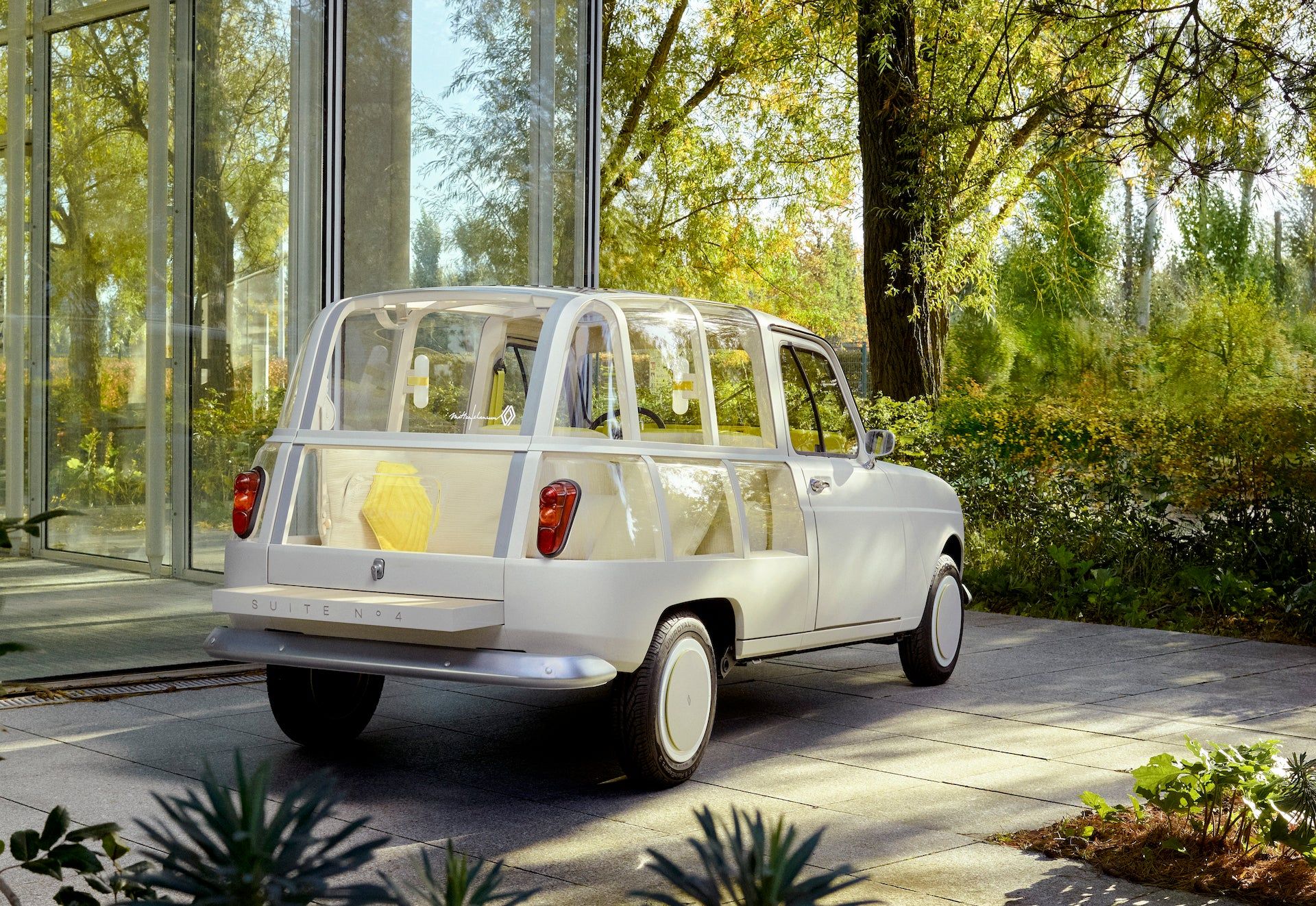
MATHIEU LEHANNEUR/ SUITE N°4, CONCEPT CAR FOR RENAULT
Photo © Jason Yan Francis
I was first introduced to Lehanneur’s work in the groundbreaking exhibition Design and the Elastic Mind, curated by Paola Antonelli for MoMA in 2008. The show highlighted revolutionary projects at the intersection of design, science, and technology and included Lehanneur’s prototype for an air purifier powered by toxin-absorbing plants. This biodesign product cemented Lehanneur as one of the most intriguing and promising talents in the international world of design. In the 15 years since, he hasn’t disappointed. More recently, I fell in love with his Liquid Coffee Tables represented by Carpenters Workshop Gallery. These exquisite objects express Lehanneur’s design mantra: "You can live without it, but your life will be more beautiful with it!”
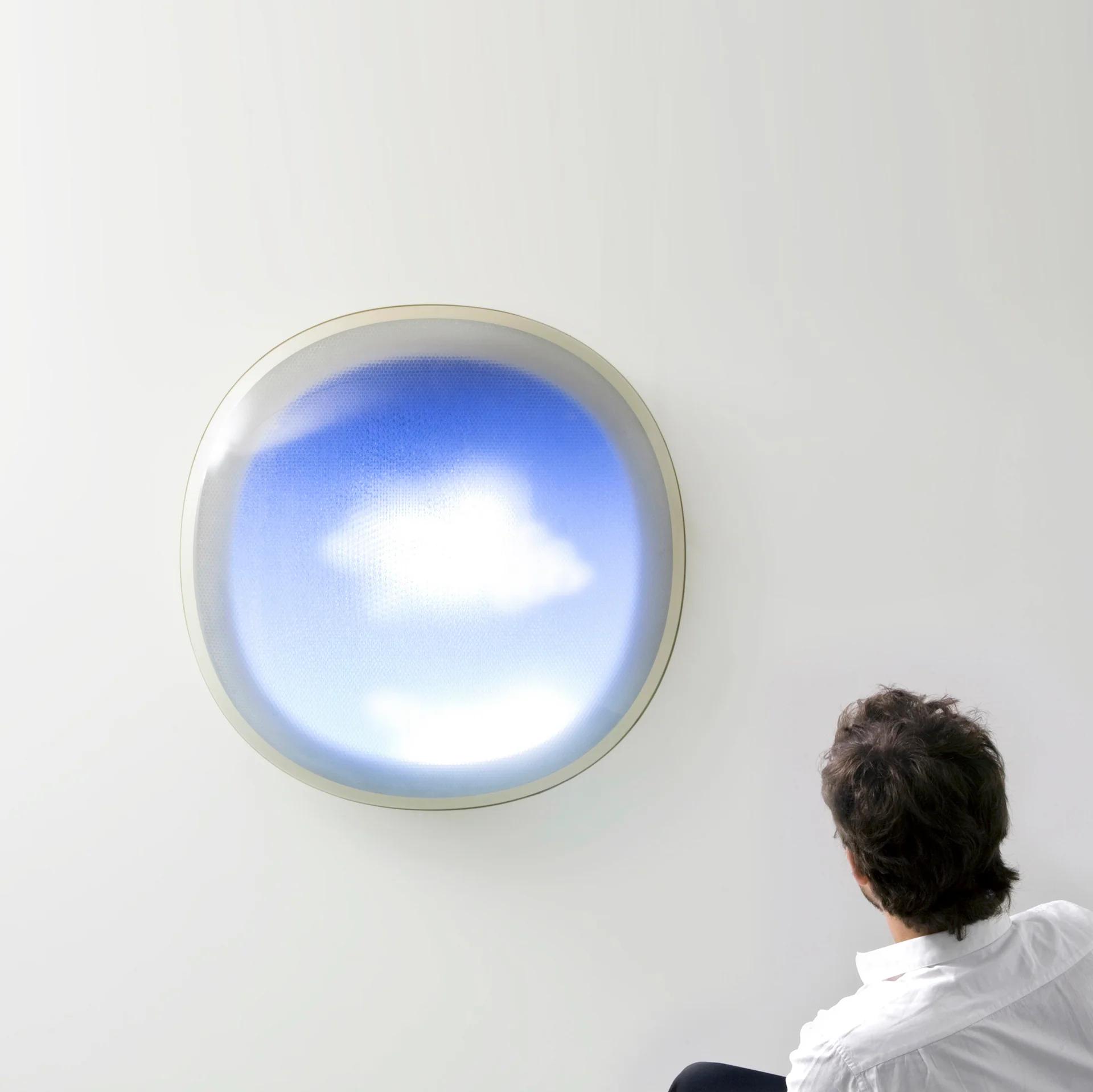
MATHIEU LEHANNEUR/ TOMORROW IS ANOTHER DAY, A DIGITAL WEATHER INSTALLATION AT DIACONNESSE HOSPITAL IN PARIS
Photo © Felipe Ribon
The way in which Lehanneur energizes the interiors of historic French landmarks—a café in the Louvre, a choir in a Romanesque church, the illumination of a landmark castle in Marseilles—will be remembered for centuries. As a design historian, I’m particularly intrigued by his daring approach to inserting cutting-edge elements in buildings of the past. Unafraid of clashes, he succeeds in grasping the moment while giving voice to new design narratives. Lehanneur’s careful sensitivity, educated taste, and extensive research result in the most elegant and seamless solutions that at once enhance the old while contributing to the design culture of our time. The juxtaposition of the past and the present, he says, is a way to craft magnificence.
Lehanneur’s Café Mollien at the Louvre sits between galleries of old master paintings on the interior and the Tuileries Garden on the exterior. Dominated by enormous pink lights in glass, which look like giant plant species taken from the epic film Avatar, bring fresh, airy features to the world’s most visited museum. This scheme offers the visitor a place of respite from the intense museum experience. For the Romanesque church of St. Hilaire in Melle in the Deux-Sèvres district of France, a UNESCO World Heritage Site built in the 12th century, Lehanneur crafted a choir of 2,000 pieces of stacked white marble in a digital morphology. His choice of marble underscores the power of the stone in architecture of the Romanesque era. A contemporary installation in the medieval building, all parts were cut digitally to match the uneven floor of the old church, while the ceremonial furniture pieces, as pure as the form of the building itself, were sculpted in alabaster.
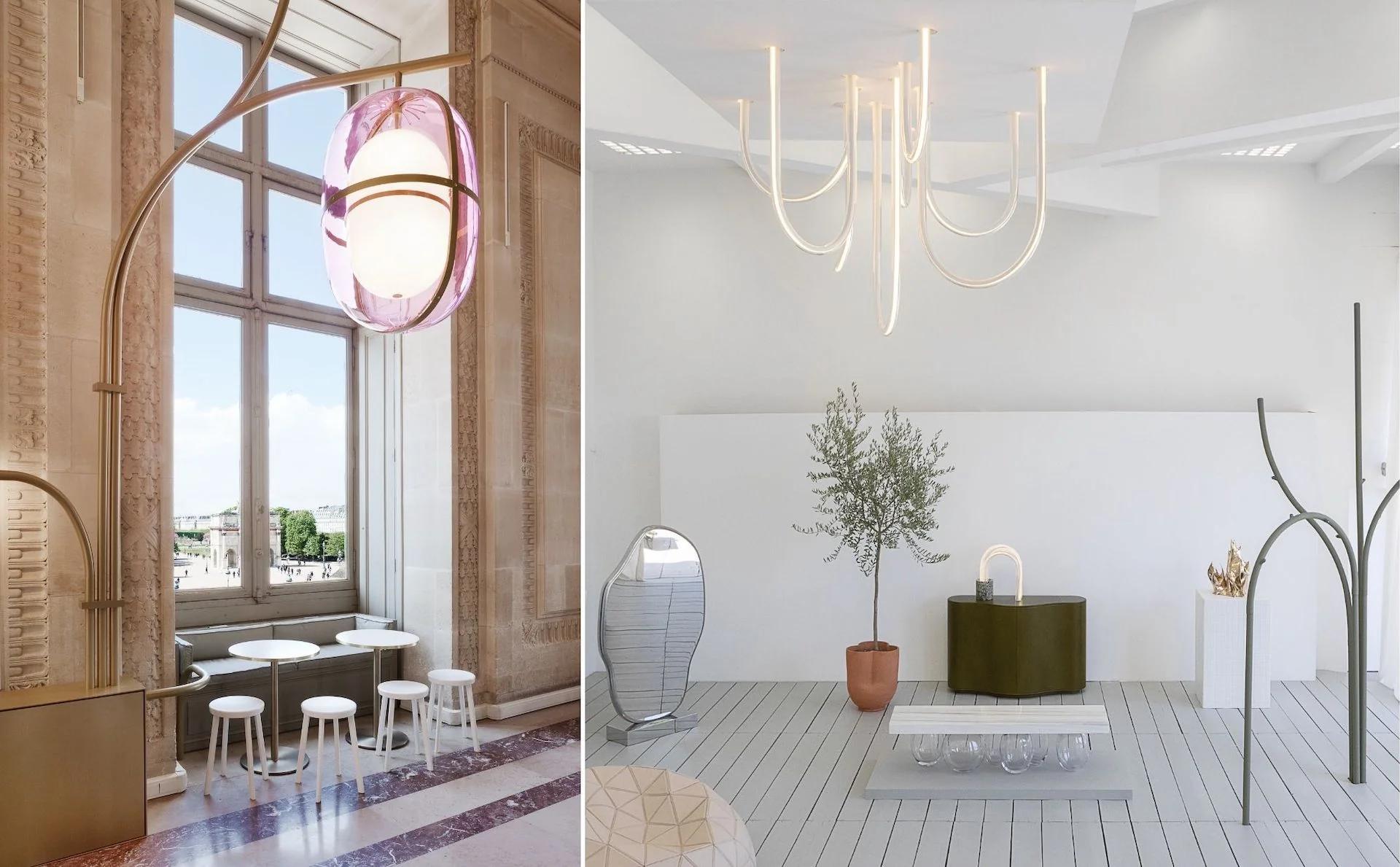
MATHIEU LEHANNEUR/ CAFÉ MOLLIEN AT MUSÉE DU LOUVRE IN PARIS. LEHANNEUR'S L’HORIZON DES PARTICULES SOLO SHOW AT VILLA NOAILLES IN FRANCE
Photos © Felipe Ribon
Interiors, according to Lehanneur, should be poetic. His Last Known Home, a futuristic bedroom-sitting room space commissioned for the AD Interieurs Exhibition in Paris, was based on a photograph of the same name by Thomas Henry, which depicted the first and last homes of Marilyn Monroe. Lehanneur’s vision was a place of refuge, where he could be alone towards the end of his life, where he could spend time with his friends and family.
Lehanneur’s Liquid series has become his most iconic creation. Intriguing, sensual, and exceedingly beautiful, the collection includes furniture, installations, and fine art that draw on the organic forms of nature. I asked him why he thinks it’s important to replicate nature so closely. He explained that it is about documenting the ever-changing, fleeting moments in time that will never be the same. As the planet keeps changing due to global warming and pollution, Lehanneur seeks to document the now—not as a scientist, but as an artist who is fascinated by natural phenomena and who seeks to address our most urgent issues.
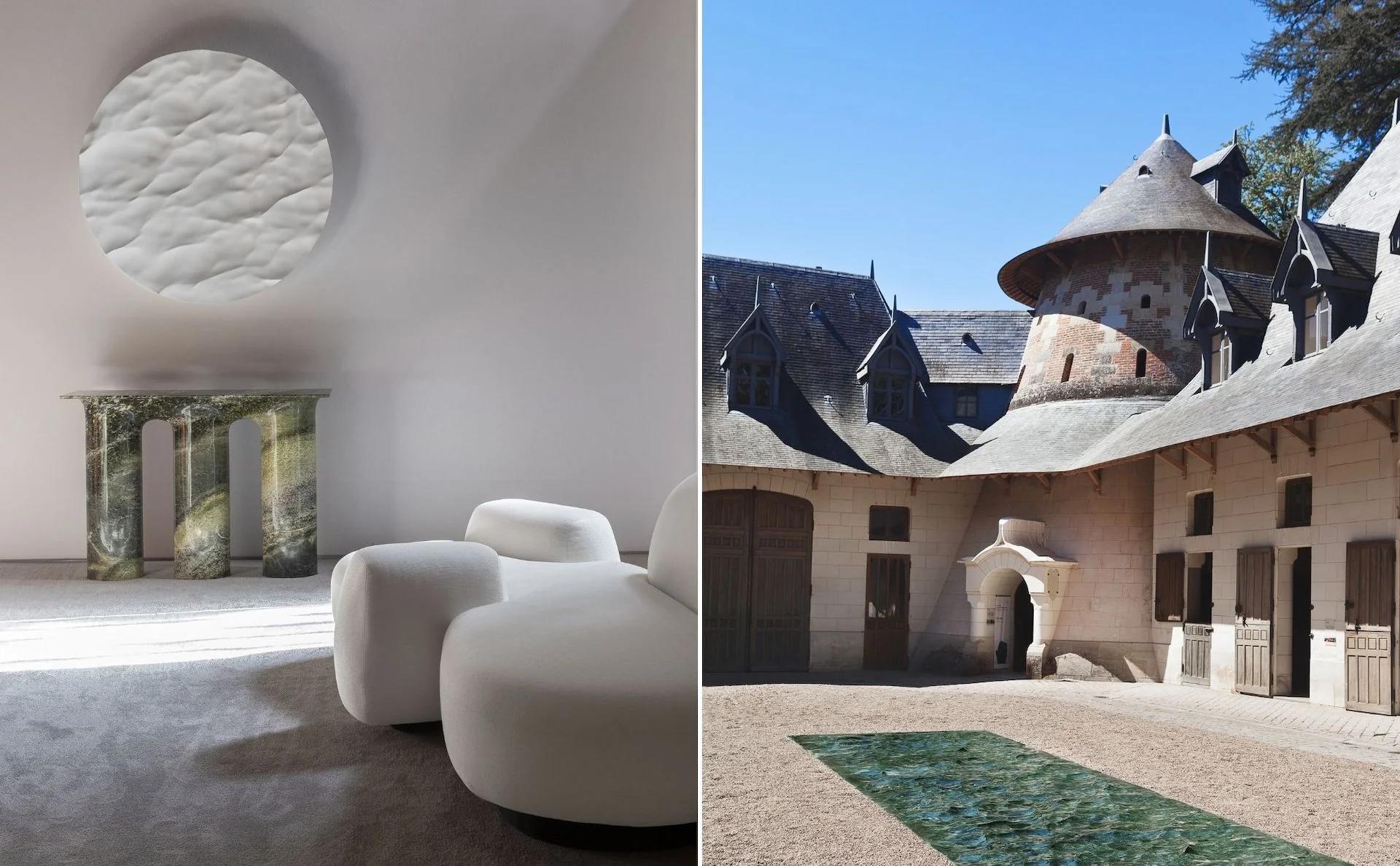
MATHIEU LEHANNEUR/ POCKET OCEAN, PILLARS CONSOLE, AND FAMILYSCAPE SOFA | LIQUID MARBLE INSTALLED AT CHÂTEAU DE CHAUMONT SUR LOIRE
Left: Photo © Mathieu Lehanneur | Right: Photo © Michel Giesbrecht
The power of the Liquid series arises from its magical materiality—the tension between the extremes of human nature, from our most basic impulse to understand the world through touch and our elevated capacity to change the world through advanced technology. The surfaces of Liquid designs appear like waves on the sea, but they are hard to the touch, made of clay, stone, or metal. The merging of handcraft and technological processes to produce results that defy expectations lies at the heart of Lehanneur’s oeuvre.
For an exhibition at Christie’s Paris, entitled 50 Seas, Lehanneur created 50 ceramic discs, each replicating a real surface of water across the globe. The design not only embodied frozen liquid energy but also materialized snapshots of the colors of the world’s seas, oceans, and lakes. To extract these magnificent shades of blue, he used satellite pictures shot by an aerospace company.
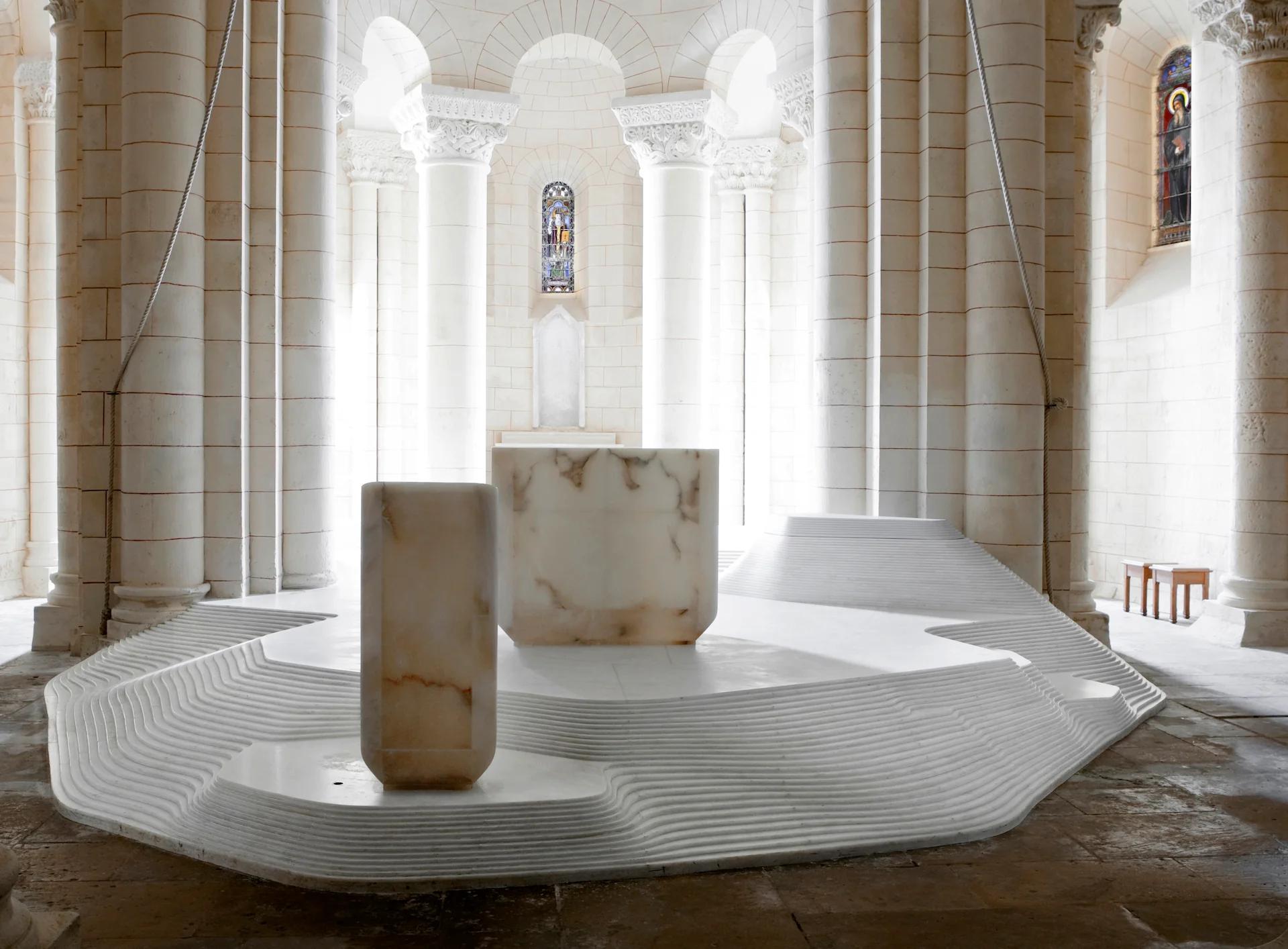
MATHIEU LEHANNEUR/ CHOIR OF SAINT HILAIRE CHURCH, A UNSESCO WORLD HERITAGE SITE IN MELLE, FRANCE
Photo © Felipe Ribon
Just like his interiors, Lehanneur’s furniture pieces are sexy, stylish, contemporary, and full of narrative. Each design results from a process that can take weeks, months, and years—and that process is a part of the storytelling. His pieces are complicated to achieve, because there is always a level of technology and craftsmanship that only a handful of the world’s craftsmen are willing to tackle. The eternal quest for craftspeople who are willing to take on those challenges has become a part of his work.
Lehanneur’s highly sculptural Familyscape Sofa comprises a series of compartments, or cells, that tell the story of his family, a large family of seven kids. He designed the sofa to be flexiblible, facilitating freedom of interaction and a variety of positions, including sitting upright, reclining, and lying down. The varying densities of the foam respond to the body for ultimate comfort.
Happy to Be Here, a collection of glass furniture, is a recent addition to Lehanneur’s portfolio. Glass is one of his favorite materials, he said, because it can be worked in a range of techniques. Just as an egg can be cooked in so many different ways, he told us, the artist has tremendous control over the final form that glass takes. Each piece from the Happy to Be Here collection is supported by legs in the form of hand-blown glass bubbles. In response to skepticism about the strength of these glass legs, Lehanneur created a series of photographs that show him standing on the pieces, demonstrating their resilience and resistance. Thanks to well-designed tension and thickness, the bubbles of glass, he said, can bear hundreds of kilos of pressure.
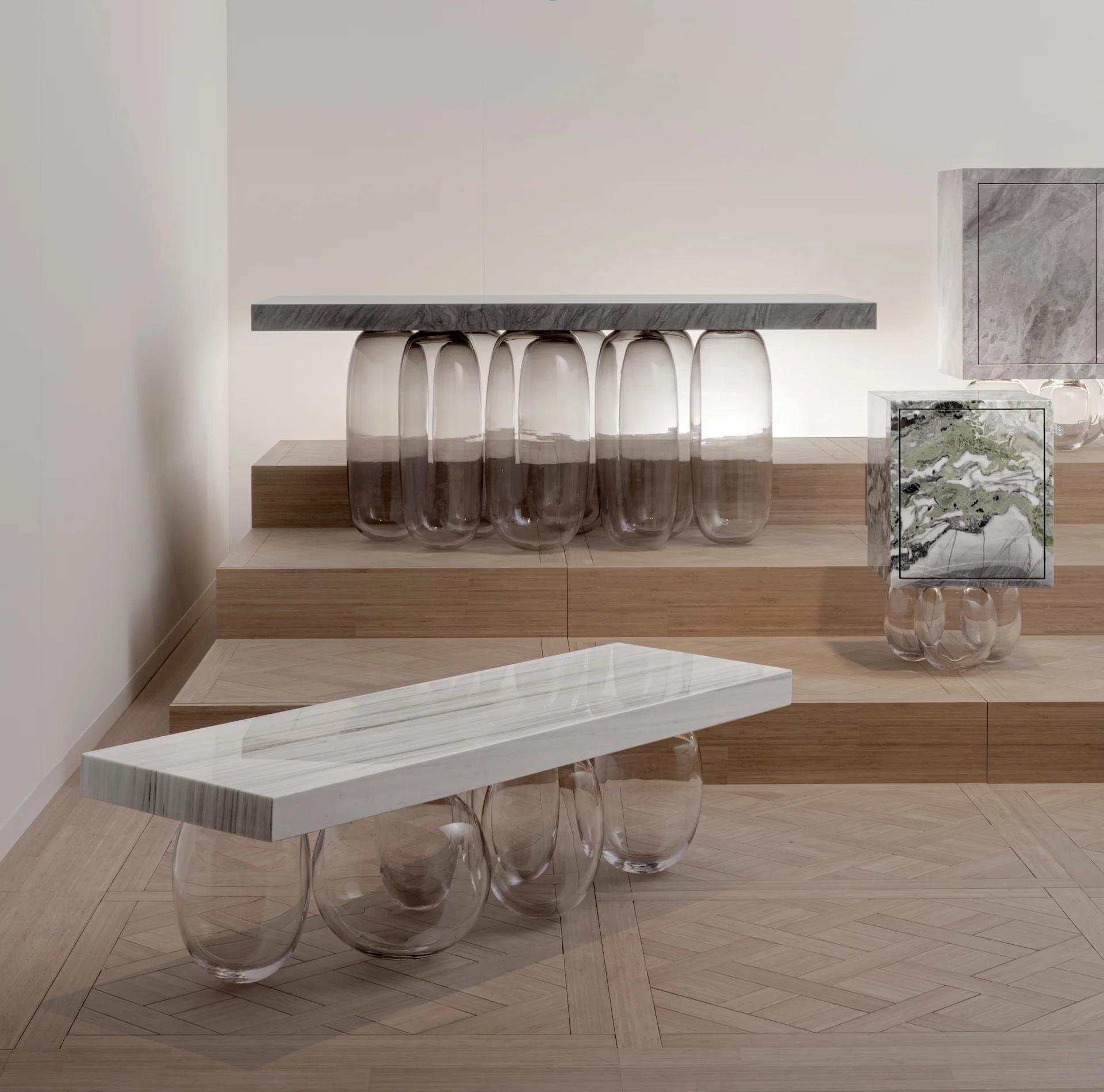
LEHANNEUR'S INVERTED GRAVITY COLLECTION PRESENTED ATDESIGN MIAMI/ BASEL 2019
Photo © Felipe Ribon
Smoke is a collection of lamps that look like enormous bubbles filled with smoke. To create the design, glass is blown into a metal net; every single lamp is different according to the shape of the net and the capacity of the blower. Meanwhile, his Elephant Chair celebrates France's strong design heritage. It is an homage to Jean Royère Polar Bear Chair, as both are named after animals; both are generously proportioned; and both bring a charismatic presence to any interior space. From the back, the Elephant Chair looks similar to the Polar Bear, but then, when turned to the front, one discovers the void. It is fabricated in carbon fiber—a technology that didn’t exist in Royère’s day.
Lehanneur is the quintessential 21st-century designer, from his embrace of new materials to his super successful Instagram account (which he proudly manages on his own in order to have direct communications with his clients and fans). Social media, he told us, is an ideal way to introduce new pieces and get immediate feedback. For Lehanneur, sharing his thinking process and design philosophy is as important as putting new designs in the world. He creates things that we do not need but that can enhance our lives with well considered, thoughtful, and highly resolved beauty. ◆
You can attend live Interior Design: The Legends webinars by registering here.
